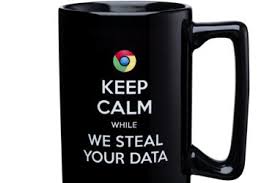
Gregory P. Bufithis, Esq.
Founder/CEO
1 February 2016 – A very interesting piece noted by Stephen Arnold’s site which calls our attention to an article on the Symantec blog entitled “Underground Black Market: Thriving Trade in Stolen Data, Malware, and Attack Services”.
Ok, a few points:
1. The piece assumes that the reader knows the basics of the Dark Web. So we must first define what we mean by the Dark Web.
2. Most of us never go beyond the surface web, that part of the Web that consists of static Web sites such as Google, Facebook, and YouTube. I do because I haven’t much to do on Saturday nights.
3. And the thing that makes the Dark Web so interesting is that is it not entirely dark. In fact, many Dark Web sites and their content are visible to the public.
4. But what is NOT visible is the server addresses which block most people from seeing who is running the sites.
In the article we learn that stealing and moving stolen data on the Dark Web has become “crimeware-as-a-service”:
Attackers can easily rent the entire infrastructure needed to run a botnet or any other online scams. This makes cybercrime easily accessible for budding criminals who do not have the technical skills to run an attack campaign on their own. A drive-by download web toolkit, which includes updates and 24/7 support, can be rented for between $100 and $700 per week.
So it becomes increasingly easier for criminals to find, access, and sell data. Anyone, including your local bad actor or your 11 year old, can access and steal data.
And the “killer factoid”: it takes about 205 days for a company to detect a data breach, more than enough time for a cyber criminal to get the data on the Dark Web and sell it.
What can corporations and law enforcement agencies do? As we learned at the massive cybersecurity forum “FIC 2016” in Lille, France last week (full post coming with video interviews), new advances in Dark Web access, such as I2P, are making it more difficult for law enforcement agencies and even cybersecurity vendors to identify and react to data crimes. What this means is that … as one FIC 2016 participant told us … the cybersecurity community “will need to match the creativity of those they pursue”.